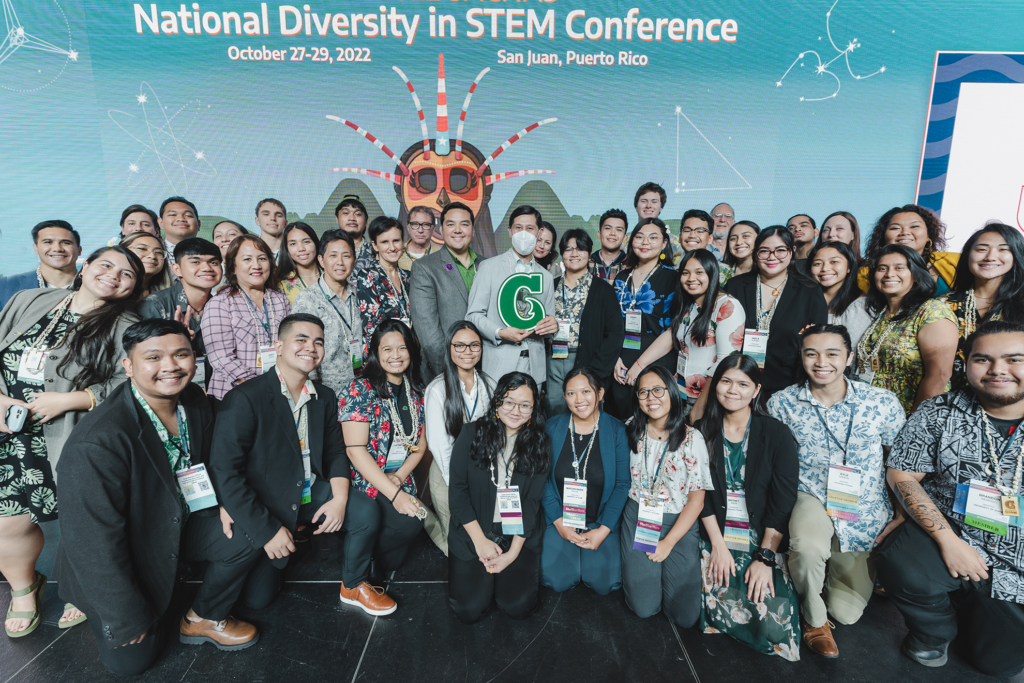Guam NSF EPSCoR students will be presenting research and representing the University of Guam at the largest diversity in STEM conference in the world later this month.
The SACNAS National Diversity in STEM Conference will be held in Portland, Oregon during the last week of October.
SACNAS, the Society for Advancement of Chicanos/Hispanics and Native Americans in Science, is the largest multicultural STEM diversity program in the United States.
During the conference, the students will attend workshops, present research presentations, and connect with officials from schools nationwide for research experience opportunities.
According to Guam NSF EPSCoR Education Workforce and Development Program Associate Emily Wendte, a total of thirteen students will be representing the University of Guam at the conference.
The group is made up of four students from the graduate research assistantship, five from the summer research experience, and three from the summer math research programs.
Nearly half of the delegation has also been selected to present their research to the over 6000 expected attendees.
The students attending the conference must attend preparation workshops facilitated by the Capacity Building Team from Guam NSF EPSCoR and the NSF INCLUDES SEAS Island Alliance Guam Hub.
Cheryl Sangueza Ph.D, who oversees the student experience with Guam NSF EPSCoR says that the process starts long before the students step foot on the conference floor and is geared to give all students everything they need to represent well.
“Preparation for SACNAS is rooted in ensuring confidence, competence, and excitement to represent our grants, our labs, our university, and our island,” said Sangueza. “In our first SACNAS briefing, we did a meet and greet with the then 25 students to start that comradery and UOG Delegation mindset.”
According to Sangueza, an orientation was also held with family, friends and support-systems of the students to insure ample preparation for students on all fronts.
“We held SACNAS Orientation and family members and support systems were invited and the turnout was great! This was designed to continue generating the excitement, and to share this great experience with families. We showed what SACNAS has to offer, we introduced the delegation and announced who are presenting, and we spoke more about travel expectations,” continued Sangueza.
Along with the student presenters, the University of Guam SACNAS Chapter will also be celebrated at the conference.
“Another cool thing is that the UOG SACNAS Chapter is getting an esteemed SACNAS Chapter of the Year Award,” added Sangueza. “Dr. Austin Shelton and I are co-advisors for the student organization and our EPSCoR and INCLUDES students are both members and a few have served as officers.”
Students are traveling to the conference through support provided by the Guam NSF EPSCoR and NSF INCLUDES SEAS grants and travel scholarships from SACNAS, Chapter Officer Leadership October Retreat (COLOR), and the Research Corporation of the University of Guam.






















